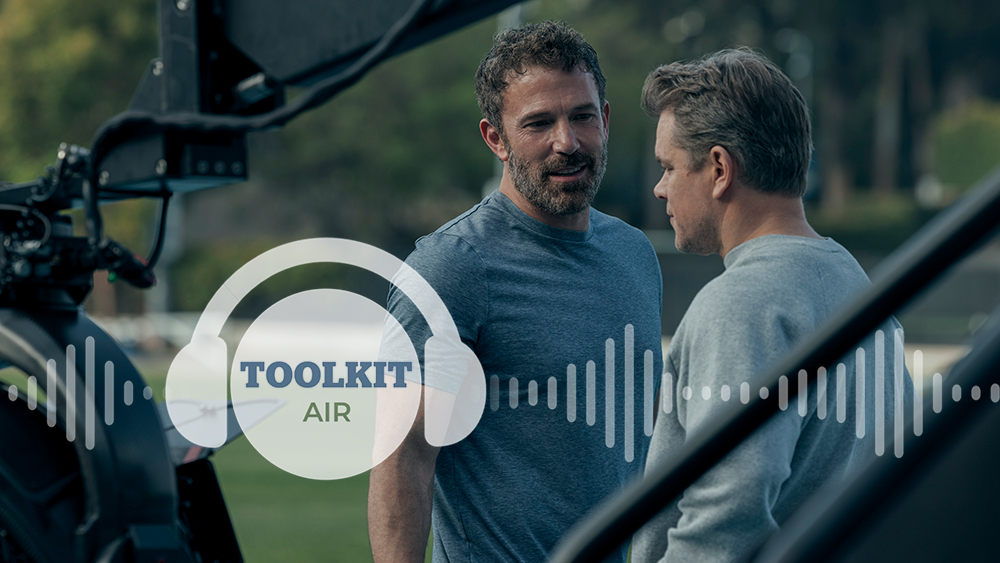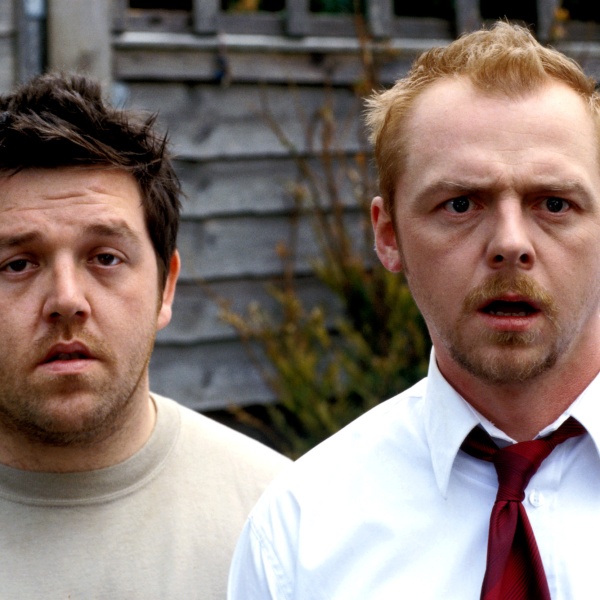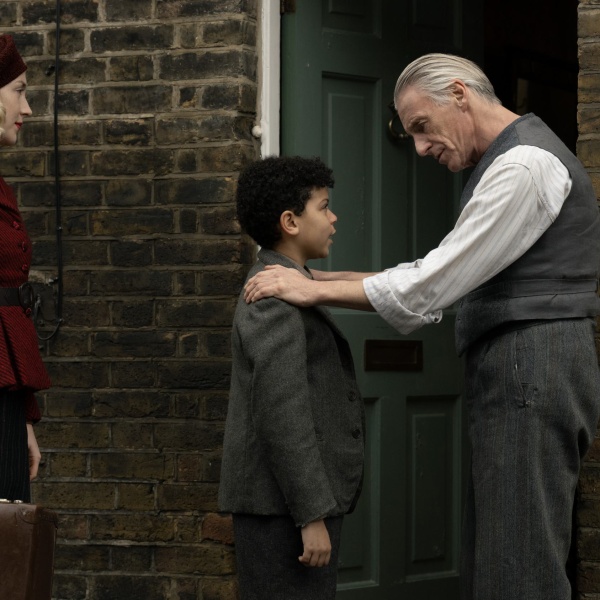The opening minutes of “Air” brilliantly establishes the world in which the movie takes place, the mid-1980s America of Ronald Reagan, “Beverly Hills Cop,” Sony Trintitrons, and Run-D.M.C. For director Ben Affleck and editor William Goldenberg, who have worked together on all but one of Affleck’s features, the goal was not only to evoke an era but also to remind audiences that there was a time when Nike was not a dominant player in the athletic shoe business — the time before Michael Jordan became a basketball phenomenon and lent his name to the company’s most famous sneaker. The solution: a seamless integration of archival footage depicting 1984 touchstones with footage shot by Affleck and his collaborators on a variety of period-appropriate formats.
“The idea was to come out of archival footage into our story,” Affleck told IndieWire’s Filmmaker Toolkit podcast, noting that he did something similar in his first feature, “Gone Baby Gone,” where he wove documentary-style footage in with introductions to his characters to lend a sense of authenticity. For “Air,” the mission was to find imagery that would take the audience back to a pre-Jordan era as clearly and concisely as possible. “We needed to contextualize that Nike is not a big basketball name. The world is different. There are a lot of frames of reference on which you have to rely in order to contextualize the story. And that was a lot of work.”
For Goldenberg, the work began with a deep dive into stock footage and YouTube material to try to find the ’80s signposts that would instantly send the audience back in time. “I just started looking at stuff that struck me as, ‘Oh, I remember that, I remember that film or TV commercial,’” Goldenberg said. “Things like ‘Where’s the beef?’ and we have Mondale and Reagan, because that’s who was running for president.” While Goldenberg sifted through countless hours of archival material, Affleck captured similar emblems of the decade on set, often spending his lunch hour picking up shots of decor around the Nike offices that would serve as shorthand. “I’d go around and get inserts of little totems we identify with the period,” Affleck said. “ColecoVision or the Garfield toy or the Mondale poster.”
The footage shot on the Nike office set is seamlessly integrated with preexisting material, partly thanks to a lesson Affleck learned on “Argo.” “I had planned to use stock footage for the overthrow and occupation of the embassy,” Affleck said. “Then when we were in Turkey, I shot a bunch of Super 8 and some 16mm, and often people ask me, ‘Where’d you get that archival footage?’ I found that we really do have associations with periods based on the medium that’s used to record.” To that end, Affleck decided to shoot B-roll around the Nike offices on a variety of formats that would create specific associations in the viewer’s mind. “I got some three-tube video cameras from the early ’80s that would have that sort of bleed, where you’d pan and it would drag the highlights. It becomes difficult to discern [between archival footage and] the old video cameras or Super 8. And then we went to 16mm too.”

While the texture of the images was key, the way they were captured also added to the sense of reality. In addition to the handheld shots Affleck would grab at lunch, Goldenberg was given material shot by actors and extras on the fly, an idea Affleck got from a video he saw of a Nike retirement party. “It made it feel real, like it wasn’t composed and someone at Nike just grabbed a camera,” Goldenberg said. As the title sequence progressed, the ratio of archival footage to original material shifted in favor of the latter, and Affleck consulted with cinematographer Robert Richardson to slowly adjust the color grading until the movie became completely focused on the story of Nike talent scout Sonny Vaccaro (Matt Damon) and his courtship of Michael Jordan. The idea was to, as Affleck put it, “imbue that into the subconscious — ‘OK, I know it’s that period.’”
The integrated collaboration between Affleck, Goldenberg, Richardson, and even day players and extras to craft the visual narrative of the film’s opening is in keeping with Affleck’s evolving philosophy as a director. “In the beginning, with ‘Gone Baby Gone,’ I was very certain,” Affleck said. “But I slowly learned that sometimes I could be wrong. We’ve all heard about the auteur theory, but my experience is that it really is a collaborative effort where you rely on other people who are great. ‘Air’ was the best example of how you trust somebody and they make you look good. Billy makes the scenes better than I thought they would be.”




